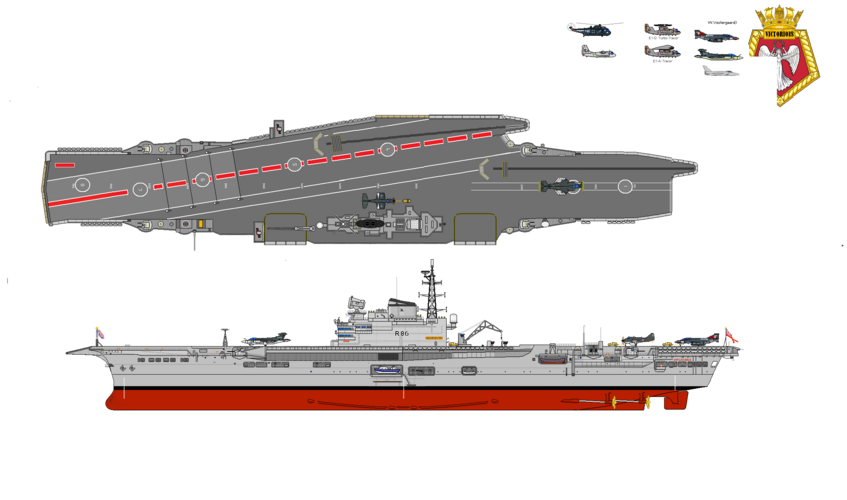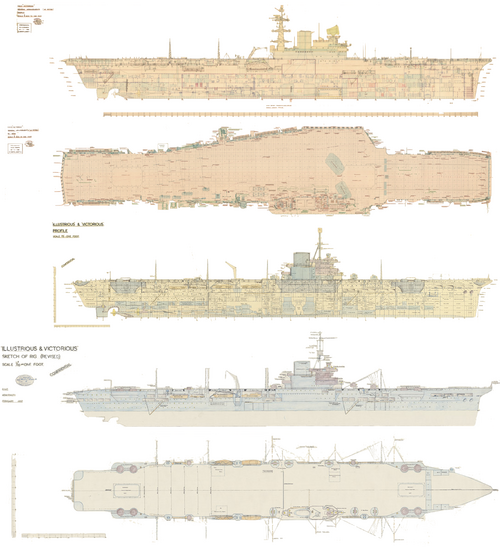We have been over this before.
1942 Design Light Fleet Carrier - Wikipedia
en.m.wikipedia.org

Centaur-class aircraft carrier - Wikipedia
en.m.wikipedia.org
Let's say something different. I was thinking about cutting 4 Colossus and built more Centaur/Hermes. We can also cut the flexible deck trials (completely waste of money and time) and the Victorious refit - as proposed earlier in this thread. Britain would then have 3 Eagles, 2 Centaur and 2 Hermes, plus would built 4 (at least) additional Centaur/Hermes for export.
So, Argentina could get a Hermes carrier new. I was thinking about a air group of F-9F Cougar, Etendard IVM (later Super Etendard), Trackers and later A-4.
Other possible customers would be India, Canada and perhaps Brazil.

Grumman F-9 Cougar - Wikipedia
en.m.wikipedia.org
Seeing weights, stall speed and approach speed its I think that is possible for Hermes to launch the Cougar.
It means going back to 1943, by which time all 16 Colossus / Majestics have been ordered, if not all laid down. A sketch design for the Centaurs wasn't produced until mid 1943, let alone a detailed design (it was then altered post-war to produce the Centaur as we know it). If that decision process is not changed then the funding for 4 new Centaur class ships is not going to be available post war.
In 1943 they were considered controversial ships because their estimated completion dates were then in 1947/48 i.e too late for WW2. The compromise (there were those who would rather have seen all of them cancelled as they were ships for the next war not this one) was to allow construction of 4 to go ahead (laid down 1944/45) and leave the others suspended indefinitely. The argument in their favour at that point was that they would be able to operate the next generation of FAA aircraft being designed to 1943 Specifications, which a Colossus / Majestic couldn't operate and most of which never emerged in their intended form (Spearfish Sturgeon etc). And that is before jets had even been considered.
Only hindsight says the flexible deck trials might be considered a waste of money. It was a time of rapidly changing aircraft performance and it was believed at the time improvements in aircraft performance justified its investigation. Just how much money would you save? Not a lot in the overall scheme of things. By the way USN interest in the flexible deck concept continued until 1953, after British interest had ceased. So it can't have seemed such a wild and wacky idea to those at the time on either side of the pond.



